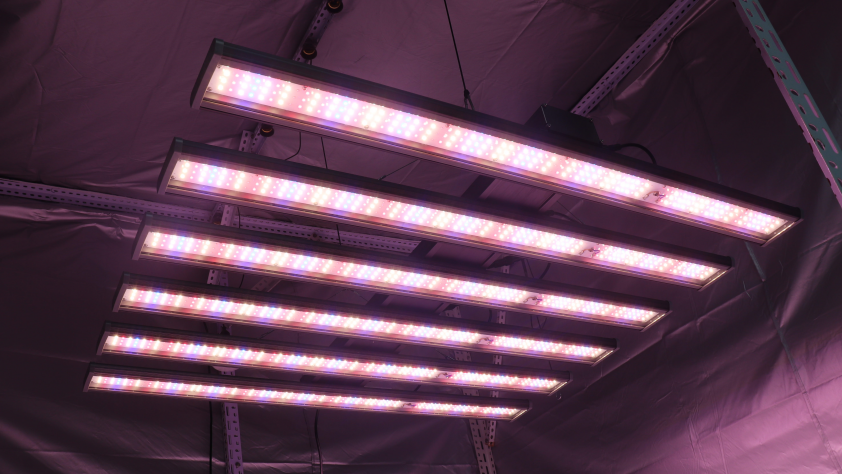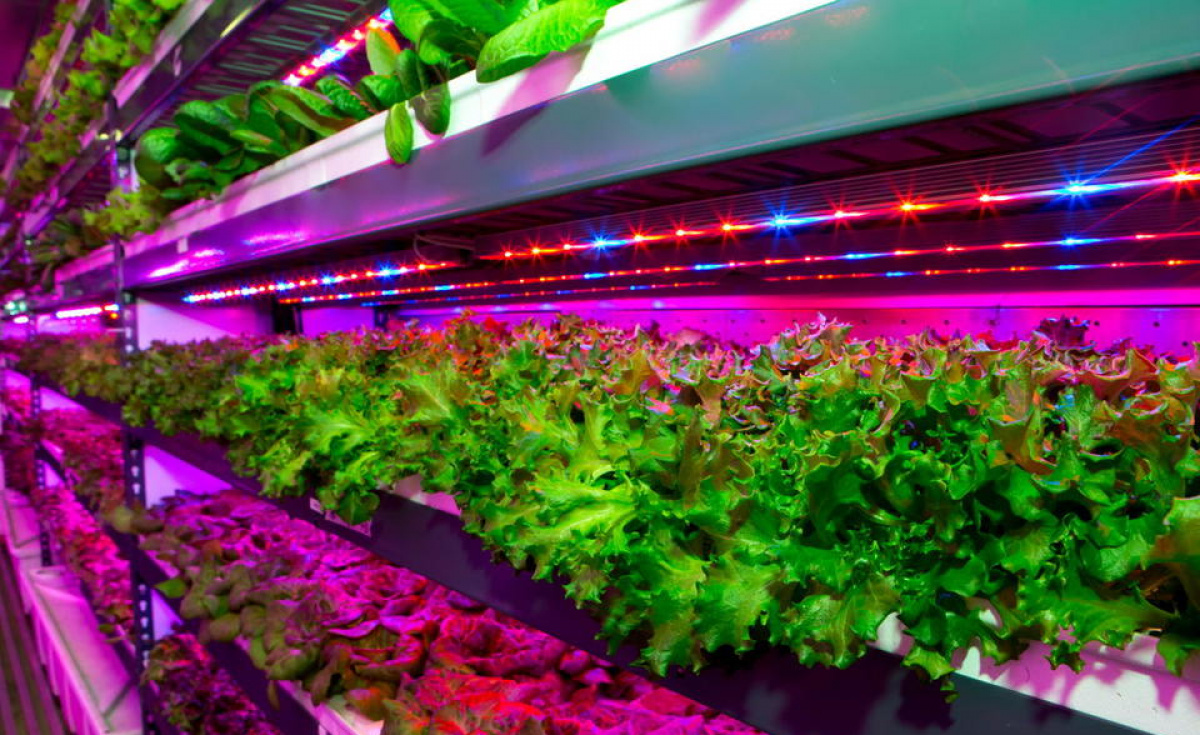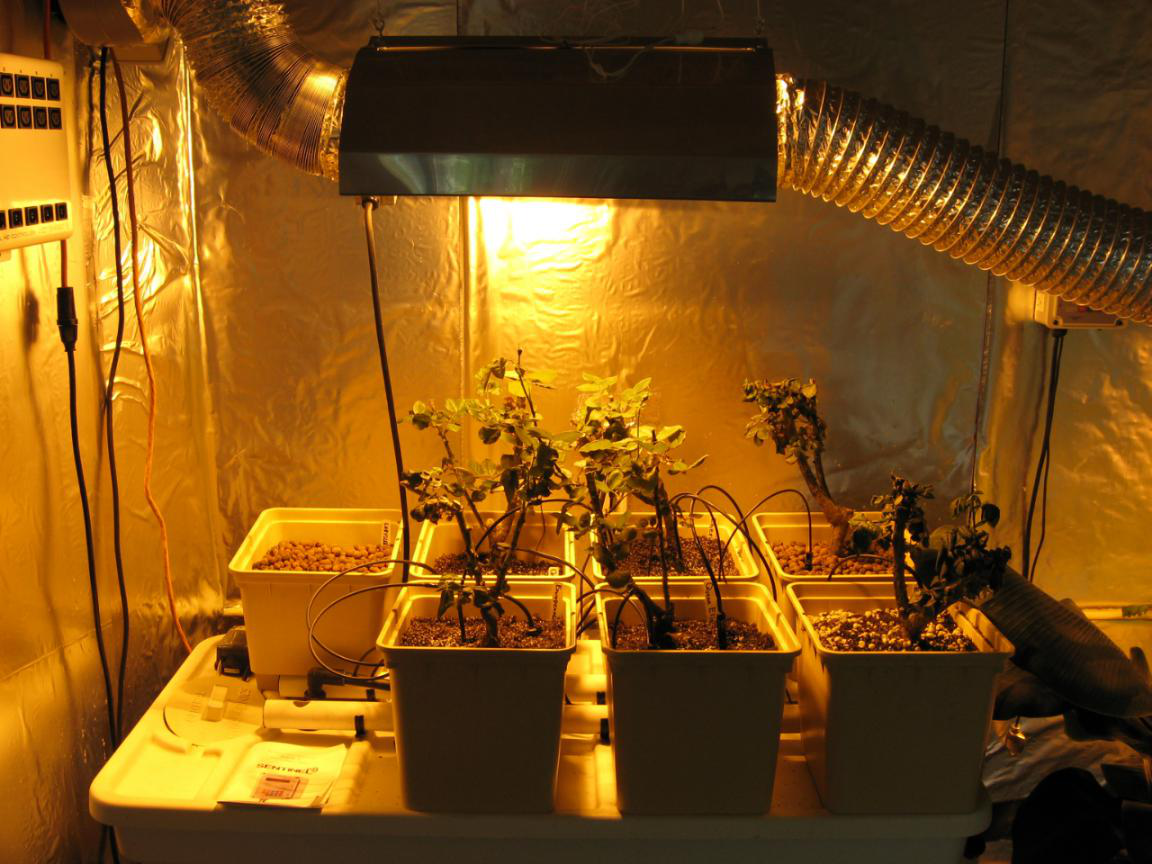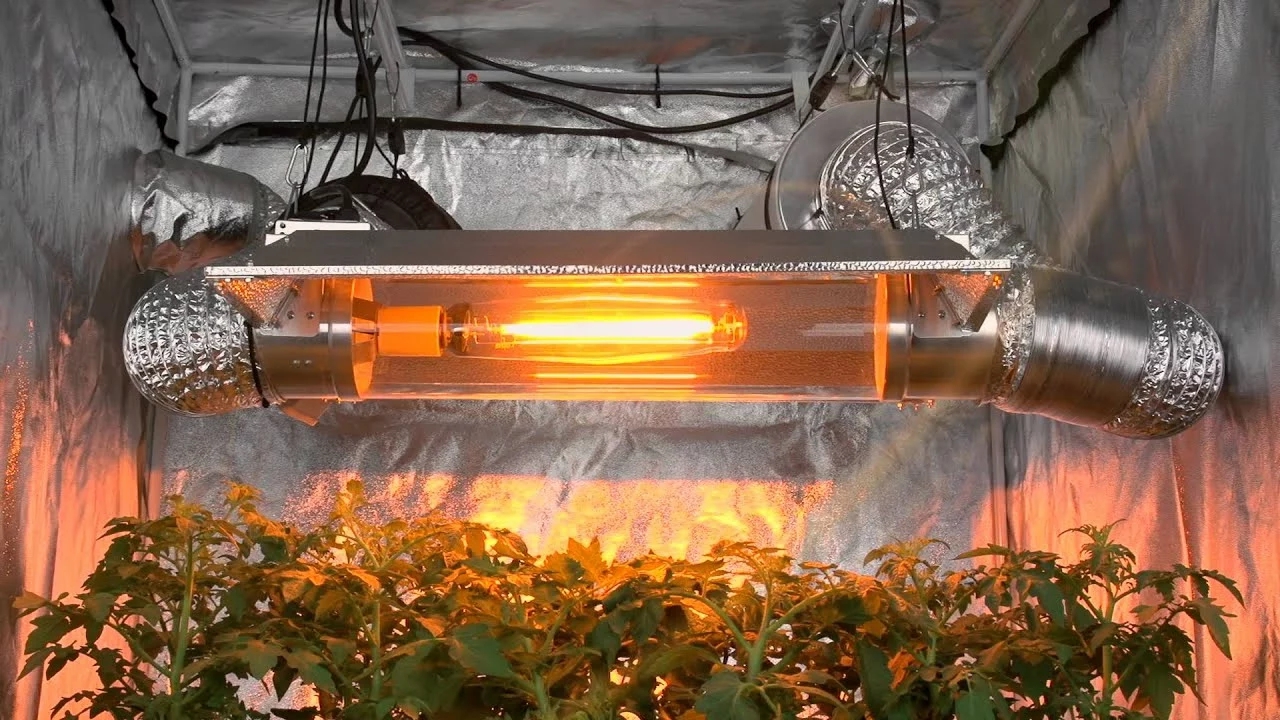In recent years, LED lights have become more and more important for the indoor growth of our favorite plants. We discussed the various success factors of in-house production before. Here is a short summary: Indoor growth gives you the opportunity to influence all environmental factors. The conditions of air, water and lighting can create the best growing environment for your plants. The more you care about her, the more output you can get.
Plant lights are essential because they determine the growth cycle of plants and their plants, and photosynthesis therefore largely affects their health and germination. Just the food for your cannabis plant. When designing your growth room for the first time, make a plan to decide which water management system to use, lighting, and want to take advantage of airflow. In this part, we will discuss the details of lighting.
Which kind of lighting is best for your plants?
You can use 4 main types of lights to grow cannabis
LED grow light
Fluorescent light
Metal halide lamp
High pressure sodium lamp
Although each option has its advantages and disadvantages, and varies in different stages of the growth cycle and the size of the farm that is best for them, in this article, we will focus on the type of commercial use your core business will use. Growing farm.
Tip: ordinary light bulbs have no real effect on your plants
LED plant light

The LED is very easy to set up. The small ones only need to be plugged into the power supply to use. After plugging them into a power outlet, you just need to hang them on the plant. They are the way to use when you need simple settings and still produce high yields.
Their operating temperature will not be very high, but for professional production, you still need to set up exhaust fans and adjust the airflow and temperature of the entire factory.
Always make sure that there is enough distance between the LED and the plant to cause burns. Likewise, make sure to use light that contains green and white light throughout the entire spectrum.
If your production area is not more than 2 square meters, you should use LEDs, because their unit yield is slightly lower than the watts and HPS and metal halide lamp classification, they are usually not suitable for professional systems.
Fluorescent lamp for cloning young plants

Fluorescent lights are the first stop in the first few stages of your plant life. They consume very little electricity, are inexpensive, and are popular among many gardening enthusiasts, so they are easy to find.
Compact bulbs (CFL energy-saving lamps) are very suitable for shrinking or shrinking areas, or for beginners' tents. However, for professional production, you should look for T8 planting lights (long tube lights)
Without burning plants, you can place them near plants. In addition, they do not produce a lot of spots, and the purple-white spectrum is very suitable for trees.
Although T8 lamps are ideal for small plants, in the later stage, you should use stronger lamps, such as high-pressure sodium lamps or metal halides.
Metal halide lamp for vegetation period

Metal halide lamps (MH) are usually integrated into the ballast and reflector of external lamps and must be well ventilated due to high-intensity output.
The blue spectrum produced by metal halides is ideal for the vegetative period.
Tip: Ballast is used to ignite HPS lamp equipment (the lamp must be activated). If you want to use bulbs of different wattages, please use dimmable ballasts.
HPS Flowering Period Growth Light

Similar to metal halide lamps, HPS wax lamps with reflectors and ventilation devices must be used. The brackets of metal halide lamps and HPS are usually the same, so you can use the same brackets during the vegetative and flowering periods, and only need to replace the bulbs.
HPS can produce a lighter yellow/fuller spectrum, thereby promoting the formation of buds, which is ideal for the flowering period. These lights are an absolute necessity for professional growers.
HPS and metal halide lamps
It will become very hot, so you should use them together with a circulating fan to avoid burning your plants.
For that climate and to understand the temperature your plants need, please check out our article on ventilation and air circulation, which will show you how to keep the room at the right temperature.
This lamp is very suitable for growing hemp, if you are looking for the highest yield, you need HPS/metal halide lamps. Just consider the extra work and cost required for the setup, including cables, exhaust fans and brackets. Make sure to get a digital ballast. They consume less power and have a longer lamp life.
Why your plants like light
Before you start, make sure you think about lighting. It is not enough to shine any kind of light on your plants.
The light wave enters the chromatograph. The sun is full-spectrum light. Insufficient light will cause plants to grow longer because they will extend to enough light. If the light intensity is high, the plants will become shorter. You can adjust the light intensity by changing the distance from the plant.
During the vegetative phase, your plants will need up to 18 hours of light. When in full bloom, they grow best in 12 hours of light and 12 hours of darkness. The ability to choose the lighting rhythm will enable you to create the ideal lighting time for the plants.
Make sure to provide at least 6 hours of darkness for your plants. The 12/12 hour flowering cycle will make your plants believe that it is the end of summer, which is the time for germination. After 2 to 4 weeks of growth, you should begin to enter the nutritional phase. This is the time you come from switching fluorescent tubes to HPS planting lights.
The mixed use of fluorescent tubes and LED lights is suitable for nutrition in the vegetative period, while HPS is used for the flowering period.























